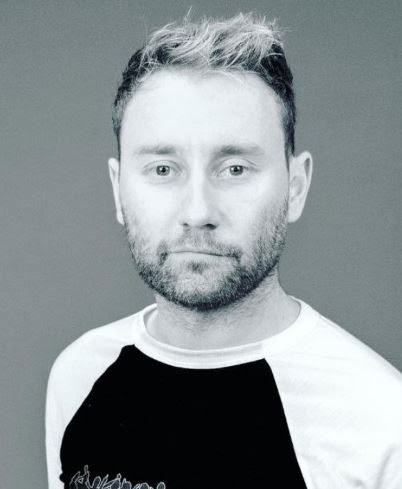Terry Venables' Euro 96 masterclass: How England were ahead of the curve
England's Euro 96 campaign is often talked about with such a glow. So how did the Three Lions shape up?
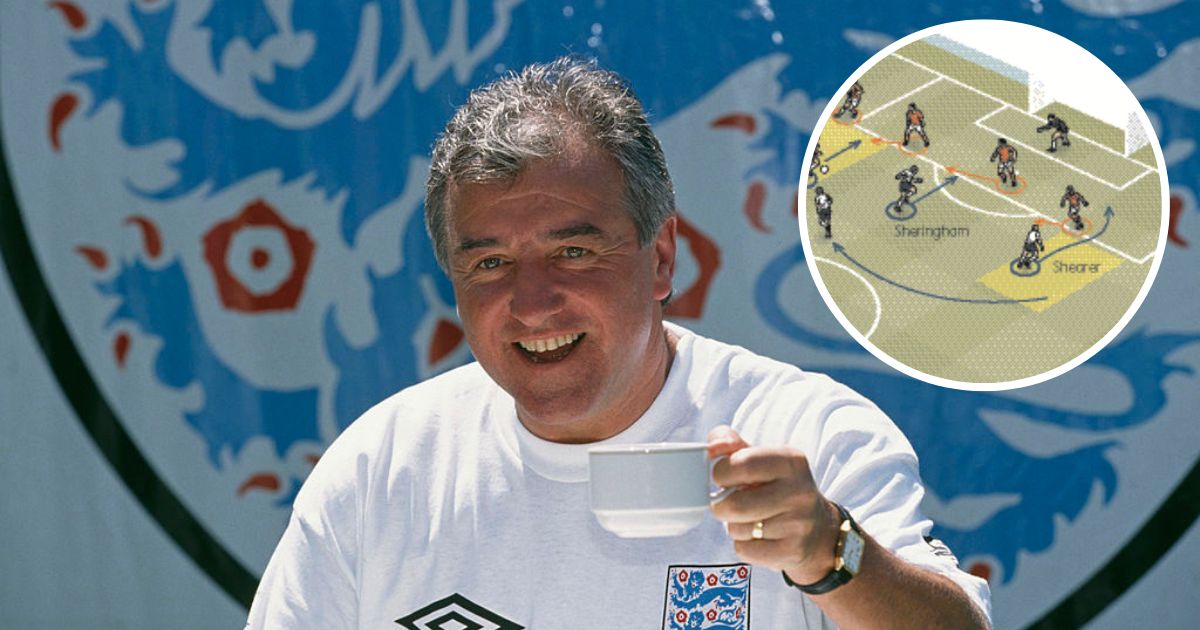
For more than 20 years, the summer of ’96 was as good as it got for England. Not purely in terms of a tournament finish – Sir Bobby Robson had inspired a semi-final appearance just six years prior – but for how supporting your country is supposed to feel.
Here was a team, lampooned by the press leading up to the finals and facing selection questions all across the pitch, delivering some of the most memorable results in the nation’s history.
With Baddiel and Skinner’s quasi-national Three Lions still soundtracking the dizzying highs of England’s new era of consistent major tournament progress, it’s often forgotten that it was originally released when expectations were at their lowest...
WATCH | Why England's EURO 96 Team Was So Far Ahead Of Its Time
28 years on from the tournament, the Three Lions tactics have been studied by analytical ace Adam Clery.
Here, FourFourTwo gives you the lowdown on how Venables crafted an England team that has been etched into our memories ever since...
The build-up
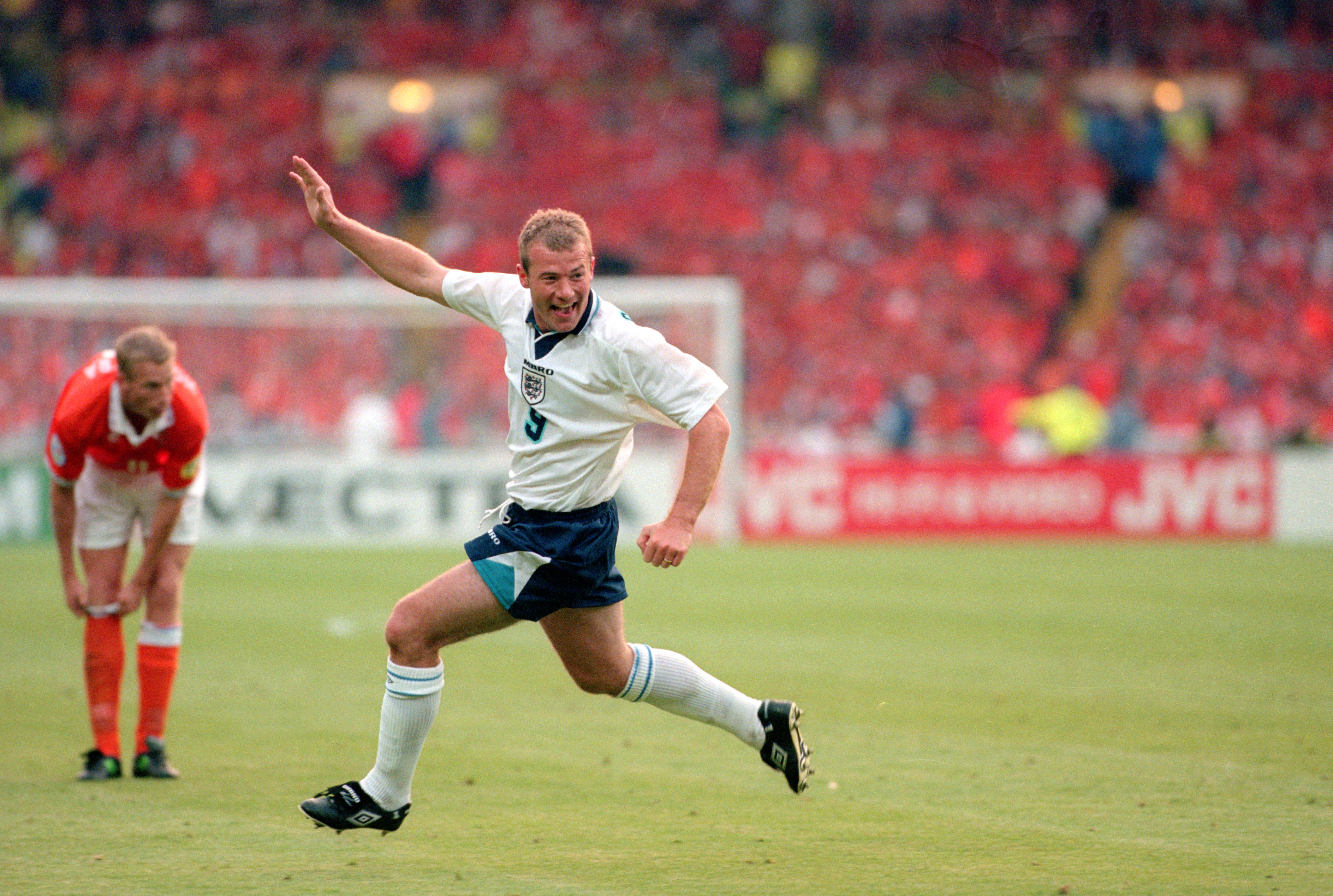
One of the English media’s favoured sticks with which they beat Venables in 1995 was his use of the Christmas tree formation.
Get FourFourTwo Newsletter
The best features, fun and footballing quizzes, straight to your inbox every week.
Ostensibly a 4-3-2-1, its lack of line-hugging wingers and two centre-forwards was seen as negative, continental claptrap by the press pack and sections of the public.
However, it hinted that Venables recognised what this England side could and couldn’t do. Primarily there was a real depth of talent in centre-midfield, with David Platt, plus Pauls Ince and Gascoigne excelling in various roles there.
Gareth Southgate, one of a ‘new breed’ of ball-playing centre-backs, was comfortable stepping forward and Teddy Sheringham was equally dangerous dropping deep. Likewise, the wide players weren’t wingers in the traditional sense.
Steve McManaman and Jamie Redknapp had started that May’s FA Cup final for Liverpool in central midfield, while Darren Anderton – easily the country’s best crosser pre-David Beckham era – would stray inside at Spurs.
The 4-3-2-1 was never used at Euro 96, though it was the seed from which Venables’ tactical tree would flourish.
Netherlands masterclass
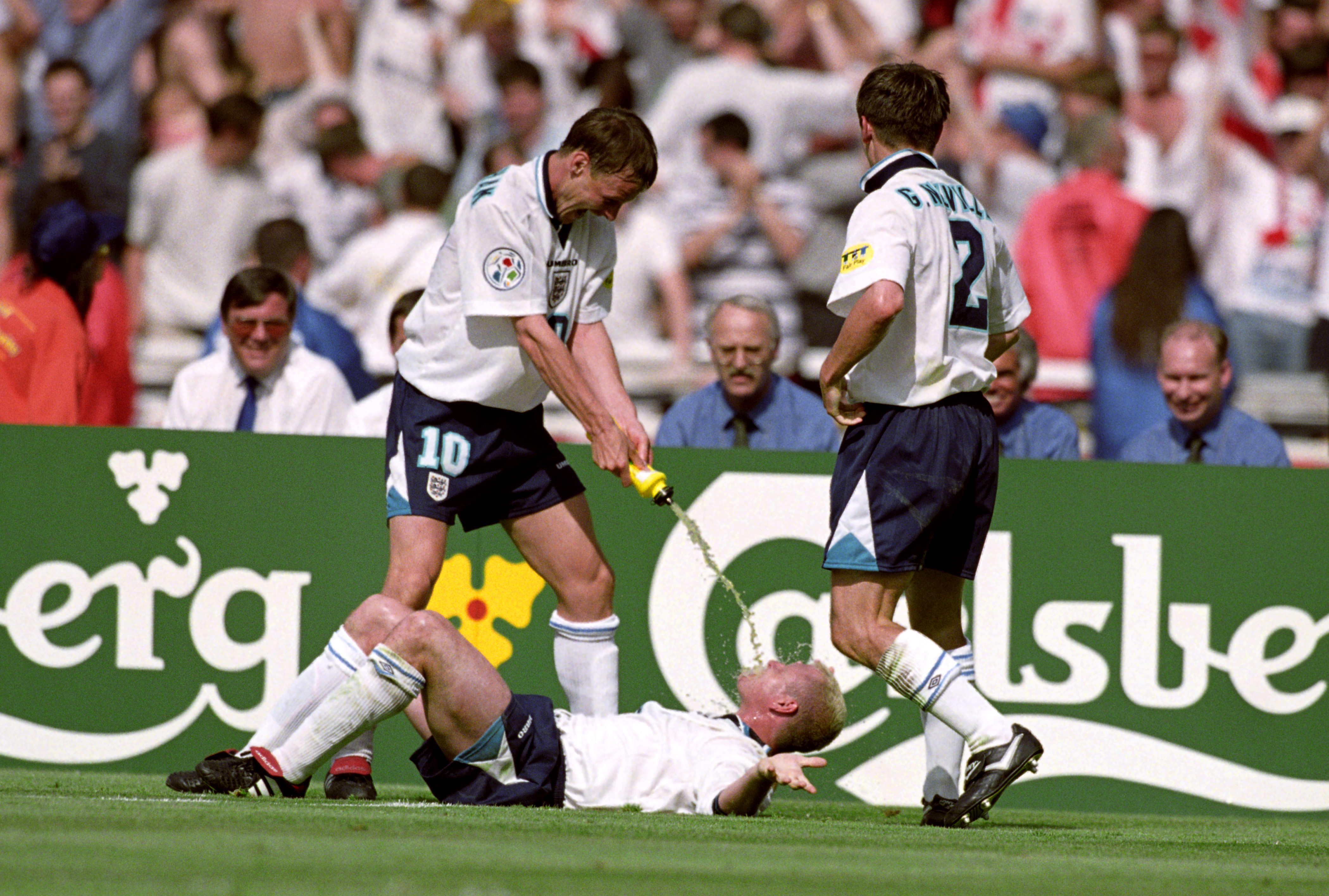
One of England’s greatest victories came against early tournament favourites, models of professionalism, and the bulk of that year’s Champions League finalists, the Netherlands.
And it arrived through Venables applying incredibly innovative directions to an incredibly simple structure. A compact and disciplined 4-4-2 devised to restrict the space the opposition could play in, but with several key players handed the licence to roam out of that shape and pull defenders around.
Given it was against the Dutch, it’s no exaggeration to call it a living definition of taking someone on at their own game… and winning. Southgate would carry the ball out from the back, linking up with Ince and Gascoigne to outnumber Clarence Seedorf and Ronald de Boer in the middle.
Out wide, McManaman moved infield to support Alan Shearer and Sheringham, ensuring Holland’s back three of Danny Blind, Michael Reiziger and Winston Bogarde couldn’t cover the flanks.
And with those areas freed up, Gazza would drift to the left alongside Anderton, while Gary Neville exploited the room left by McManaman to provide a crossing threat on the overlap.
Case in point, for the revered Gascoigne-Sheringham-Shearer goal (above), the move begins with McManaman coming to the left, before Gazza saunters into the space on that channel vacated by Anderton dropping back.
A three-man overload shifts the Netherlands’ defence all the way across, allowing Shearer to blast home almost unmarked on the right.
So close yet so far
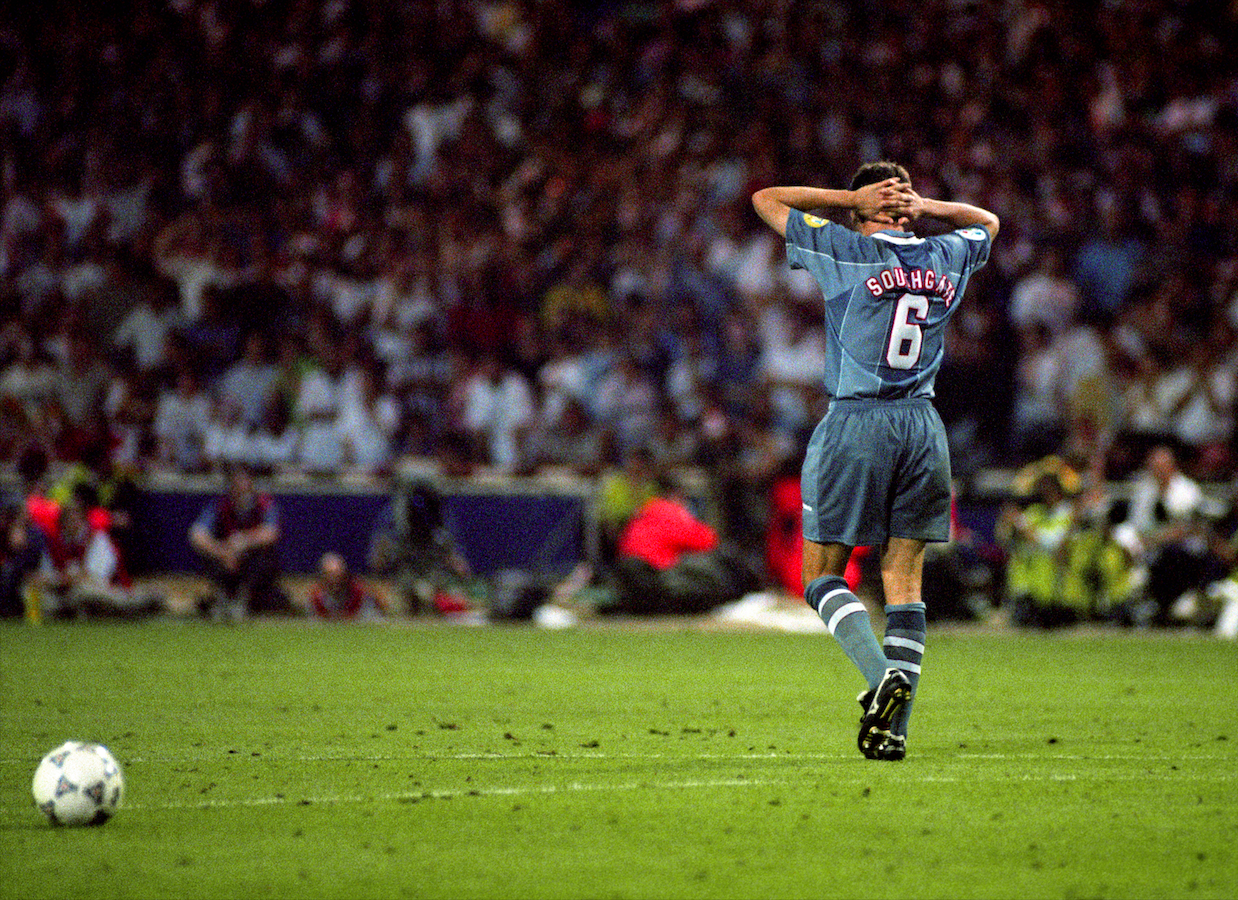
The benefit of being so positionally adept was that Venables had the option of altering the formation without altering the personnel. Thus against Germany, Neville’s ban saw him revert to the 3-5-2 used against Scotland in the group stage.
Platt replaced the young right-back to form a midfield three. Again, England were daring off the ball and created the majority of their chances through positional interchanges and the gaps that opened up.
The first goal, a near-post flick-on from a corner, comes after Tony Adams had charged out of defence to regain possession. His ball forward (via Gazza), though, doesn’t find either of the forwards, but McManaman, who has roamed into the middle to take up the space left by Shearer roving to the right.
If you can bring yourself to watch it back, England’s two extra-time near-misses arrive in similar fashion. Firstly, Sheringham draws Matthias Sammer and Thomas Helmer out of defence by dropping deep, inviting Anderton in to hit a post.
Soon after, Teddy repeats the trick after Gascoigne pounces on a loose ball down the left. Spotting Shearer on the right, Sheringham floats a pass to him, as Gazza drives into space that’s appeared on the left.
Shearer crosses and, to quote Kevin Keegan, if Gazza’s boots had been half a size bigger, England would have won. It would take until 2018, and one of Venables’ favoured players Southgate, before the Three Lions innovated at a major tournament again
More England stories
‘What the f*** have you stopped for!?’ Alan Shearer on one of the biggest sliding door moments in the history of English football
Euro 2024: 'Phil Foden may need to adapt as Jude Bellingham has to remain as a No.10', according to Euros legend
Euro 96, the complete history
Adam published his first article for FourFourTwo in 2015, but didn’t publish his second until seven years later in 2022. A figure that would put him near the top end of any ranking for Longest Time Between Appearances For One Club. In the time between he plied his trade as both a writer and presenter on YouTube, earning the dubious distinction of being “The James Milner of WhatCulture”. Be that because he was capable of playing any role, or just because it felt like he’d been around forever, depends on who you ask. He left FourFourTwo as a full time staff member in February 2025
